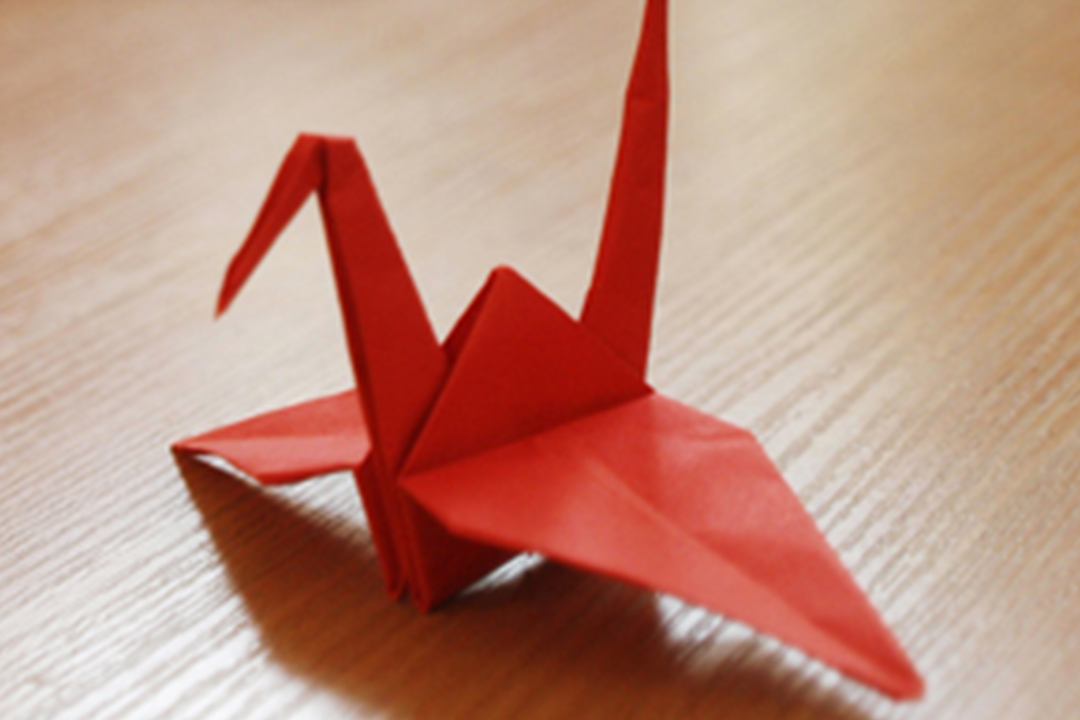From the time he was seven years old and his father brought home a thick library book about origami, Lowell Abrams has been fascinated by the way shapes can be folded and fit together. Legos, tinker toys and other types of construction sets also captivated his childhood imagination.
Today an associate professor of mathematics, Abrams continues to build with small models and collections of various pieces and shapes on his desk to help him pursue abstract ideas. “These are hands-on manifestations of the concepts I grapple with in my work and artistic imagination,” he explained.
For Abrams, who works with complex mathematical concepts based on cell structures—not human cells, but small components of objects, such as honeycombs—it is important to continuously bring excitement into mathematics. One way of doing of doing so is taking the time to “play.”
“My work involves the interplay of cellular structure and symmetry. I am fascinated by the way we can build beautiful shapes, whether abstract or concrete, out of finite pieces, and by the role symmetry plays in these constructions. All of which includes notions such as folding/unfolding and collapsing/expanding, hence my interest in origami,” he said.
Each year, Abrams visits the school his children attend and gives age-appropriate lessons to the students using items that are part of their daily lives. Recently, he showed second graders different ways knots in a shoelace can behave, depending on how they are tied—a simple, fun example of knot theory, the high-level concept studied by many mathematicians. He’s also visited the classrooms of upper-level students, including a 12th grader who spent his six-week senior internship working with Abrams.
Abrams believes these hands-on examples are intriguing to consider and correlate with complicated concepts, helping to foster continued interest in math. This is particularly important for engaging young women, who statistically shy away from careers in the STEM (Science, Technology, Engineering, and Mathematics) fields. Abrams points to the example of a now distinguished female mathematician who realized she wanted to go into the field when, as a child, she watched a Mobius Band demonstration that involved the folding and cutting of a ribbon, with surprising results.
“The point is to make math concrete for young people, so they will see it’s interesting to think about and isn’t just about numbers,” Abrams said. “I feel very good about going into the K-12 classrooms; I’m doing what I can to get kids inspired.”


